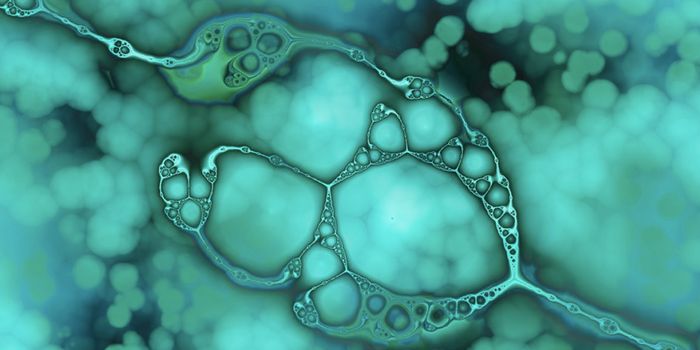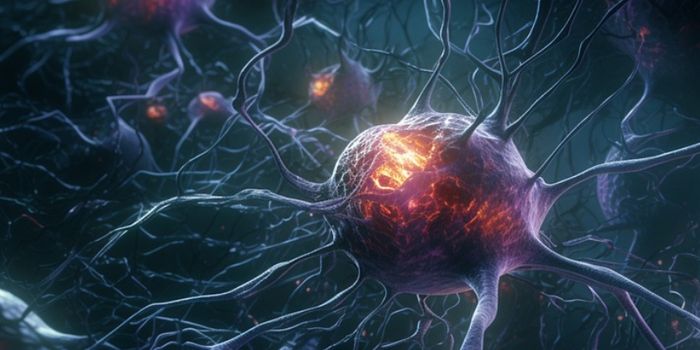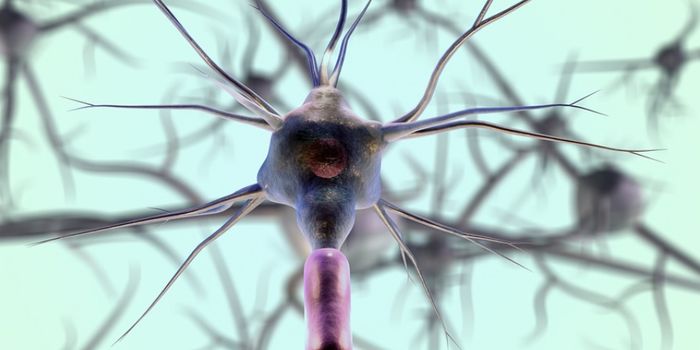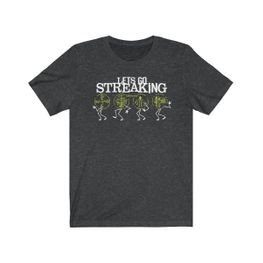Scientists are still debating exactly how and where humans fit on the evolutionary tree of great apes. A group of ancient primates that included gorillas, chimpanzees, and humans are thought to have lost their tails as they evolved away from Old World monkeys about 25 million years ago. Now researchers have learned more about why humans do not have a tail like some of our close genetic relatives. In new research reported in Nature, scientists have examined the similarities and differences between apes without tails, and monkeys with tails.
Previous research has linked over 100 genes to tail development in different vertebrates, and changes in those genes could have led to the loss of tails. In this work, the researchers identified a sequence of DNA that is found in the genomes of apes and humans, but which monkeys lack, and wanted to know whether this inserted region, a gene called TBXT, was related to tail loss. Mice that were engineered to carry TBXT displayed a variety of effects in their tails, and some were born without any tails at all.
But in humans, tail differences were found to have come from the insertion of a small piece of DNA known as AluY into a part of the TBXT gene that does not code for protein.
When active genes are made into proteins, they first have to be transcribed into RNA molecules, which include parts of the gene sequence known as introns. However, these introns are removed, or spliced out of the gene sequence prior to being translated into a protein. Many genes can be spliced in different ways to generate new transcripts. In vertebrates, this so-called alternative splicing process allows one gene to encode for multiple proteins, and enables the genome to reach new heights of complexity. But we are still learning about alternative splicing and the various ways that it is regulated.
There are also huge sections of the genome that are made up of highly repetitive sequences. Once ignored as 'junk' DNA, researchers have been finding more and more sequences in that junk that actually perform important regulatory roles. Some of these sequences, genetic features called retrotransposons, can sometimes move around the genome, to insert themselves in new places, though most have now lost that ability.
The investigators determined that long ago, AluY was inserted as a transposon into one of the TBXT intron sequences. While this would not be expected to change the TBXT protein because it did not happen in the coding region of the gene, this insertion did create an alternative splice site, resulting in changes in tail length.
One AluY insertion was found to stay in the same place in the human and ape TBXT genes, which led to the creation of two types of TBXT RNA. This is thought to have led to tail loss.
"This finding is remarkable because most human introns carry copies of repetitive, jumping DNAs without any effect on gene expression, but this particular AluY insertion did something as obvious as determine tail length," said co-senior study author Jef D. Boeke, PhD, the Sol and Judith Bergstein Director of the Institute for System Genetics at NYU Langone Health.
When great apes diverged from Old World monkeys, they not only lost their tails, but they also began to from fewer tail vertebrae. This gave rise to the tailbone. Some scientists have suggested that the loss of tails helped these animals adjust to a life on the ground instead of in the trees.
However, this change likely came at a cost, since genes can have different impacts on different aspects of physiology. In mice that modeled the AluY insertion into the TBXT gene, the researchers found that there was a small but statistically significant increase in neural tube defects. The researchers are now planning to investigate this potential evolutionary trade-off, and whether it may have increased the rate of neural tube birth defects.
Sources: NYU Langone Health, Nature
-
MAY 07, 2024Is It Anti-RNP or Anti-Sm/RNP?
-
MAY 08, 2024Expand your Multiomic Capabilities with RNAscope™
- See More
-
APR 30, 2024Immuno-Oncology Virtual Event Series 2024
-
MAY 07, 20243rd International Biosecurity Virtual Symposium
-
MAY 23, 2024For the Love of Digital PCR 2024
- See More


















































